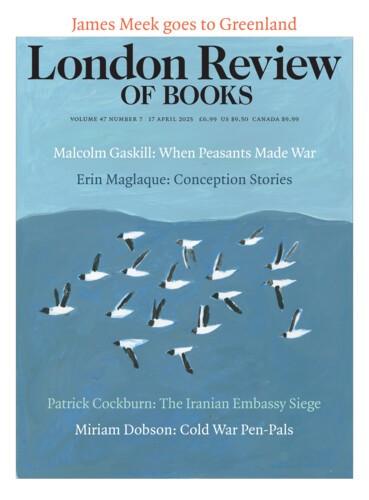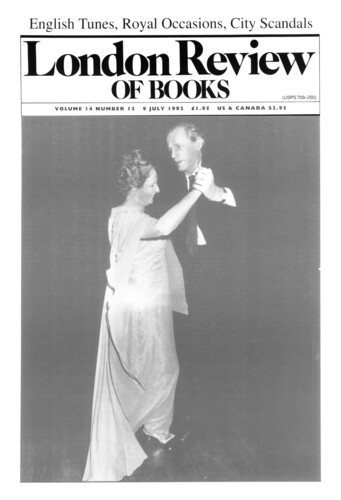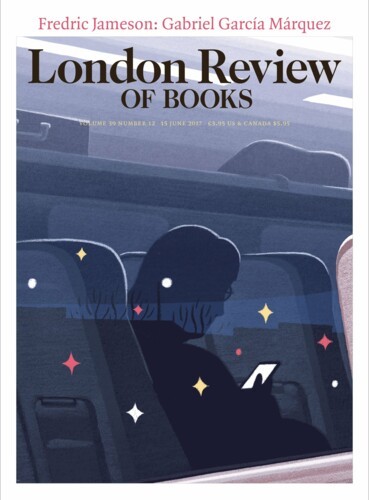Afew weeks ago, in Mexico, I was asked to sign a protest against Christopher Columbus, on behalf of the original native populations of the American continents and islands, or rather, of their descendants. I understand the feelings which inspire such gestures, and have some sympathy with them, although it seems to me that the only object of protesting against something that happened half a millennium ago is to get a little publicity for a cause of 1992 rather than 1492. The consequences of Columbus’s voyages and those of his successors cannot be reversed. The sufferings imposed on indigenous Americans and imported Africans, whether by deliberate human action or as the unintended consequences of conquest and exploitation, are undeniable and cannot be cancelled in retrospect. That the impact of conquest and exploitation on these populations was catastrophic, and not only during the first hundred and fifty years of European conquest, must not be denied or overlooked either. Nevertheless, we cannot cancel history, but only remember or forget or invent it. Everyone who lives in the Americas today, whether descended from the Aboriginal population or from voluntary or involuntary settlers, has been shaped by the five hundred years that have passed since Columbus sailed. But so has everyone in the Old World, though in ways of which we are rarely conscious.
That both sides were transformed was and is masked, in the first instance, by the very fact of conquest and overwhelmingly superior power. It was only on the periphery of settlement, and usually after the initial assertion of European power, that Europeans and native Americans met one another on anything like equal terms: an equality reinforced, on the northern and southern frontiers, for one or two centuries, by the ‘horse revolution’ which made the plains Indians of the North American deserts and prairies, and of the southern cone, into formidable cavalry raiders. Here and on the Amazonian jungle frontiers, as well as in a scattering of maroon settlements beyond the slave plantations, we find long-lasting resistance to conquest and colonisation – and only here. The settled American civilisations, especially in central America, succumbed rapidly. Under these circumstances we cannot realistically speak of a ‘clash’ of cultures, given the virtually total dominance of one side.
This dominance was reinforced by the combination of Christianity and barbarian conquest, which, as Edward Gibbon observed in the case of the Roman Empire, is a very effective destroyer of cultures. With all due respect to Las Casas and to the moral scruples of the Spanish crown, with all admiration for the Jesuits’ protection of the Indians, we must never forget that the object of the conquest was the destruction of a heathen culture and the substitution for it of the true faith. As in Cordoba, so in Mexico, we see the conquerors tearing down the fabric of one kind of holy place to build churches on their sites. This initial destruction was so systematic that – in spite of some belated attempts at rescue – only three of the written Maya codices are still extant, and their characters have been only incompletely deciphered. In fact, we can read the records of pre-Columbian civilisations far less than ancient hieroglyphics and cunieform tablets. The art and artefacts of these civilisations found their way to Europe, admired by experts like Albrecht Dürer for their technical workmanship and beauty, but, so far as we can tell, without becoming the subject of serious artistic interest until the 20th century. Several of its most important monuments, which have become major centres of global tourism, such as the Maya sites and Machu Picchu, were not even known or recovered until then.
In short, whatever the conquerors and settlers hoped to get from the New World, they did not expect to learn much from its inhabitants that would be of value in the Old. The most interesting and instructive thing about it was its very novelty: the discovery of other human societies, unknown and unmediated by history, literature or oral tradition; the discovery of territories with a geological and climatic structure unlike any in Europe, and with an overwhelmingly strange and rich but quite unfamiliar flora and fauna – in some areas it seemed a paradise before the fall. This confrontation with novelty was for long the American impact on European culture. It has been argued that this is what precipitated the European concept of the ideal society or Utopia. I need not remind you that the discoverer of Utopia in Thomas More’s book was supposed to have been a Portuguese by birth who had sailed with Amerigo Vespucci to New Castile, but stayed behind when Vespucci returned, to explore the New World further. Equally, and perhaps more important, was the novelty of the Americas as a stimulus to rethinking our scientific world-picture. After all, in the 19th century, it was the experience of South America which led both Charles Darwin and Russell Wallace to formulate the theory of evolution. Darwin himself said so in the very first sentences of The Origin of Species.
Send Letters To:
The Editor
London Review of Books,
28 Little Russell Street
London, WC1A 2HN
letters@lrb.co.uk
Please include name, address, and a telephone number.



